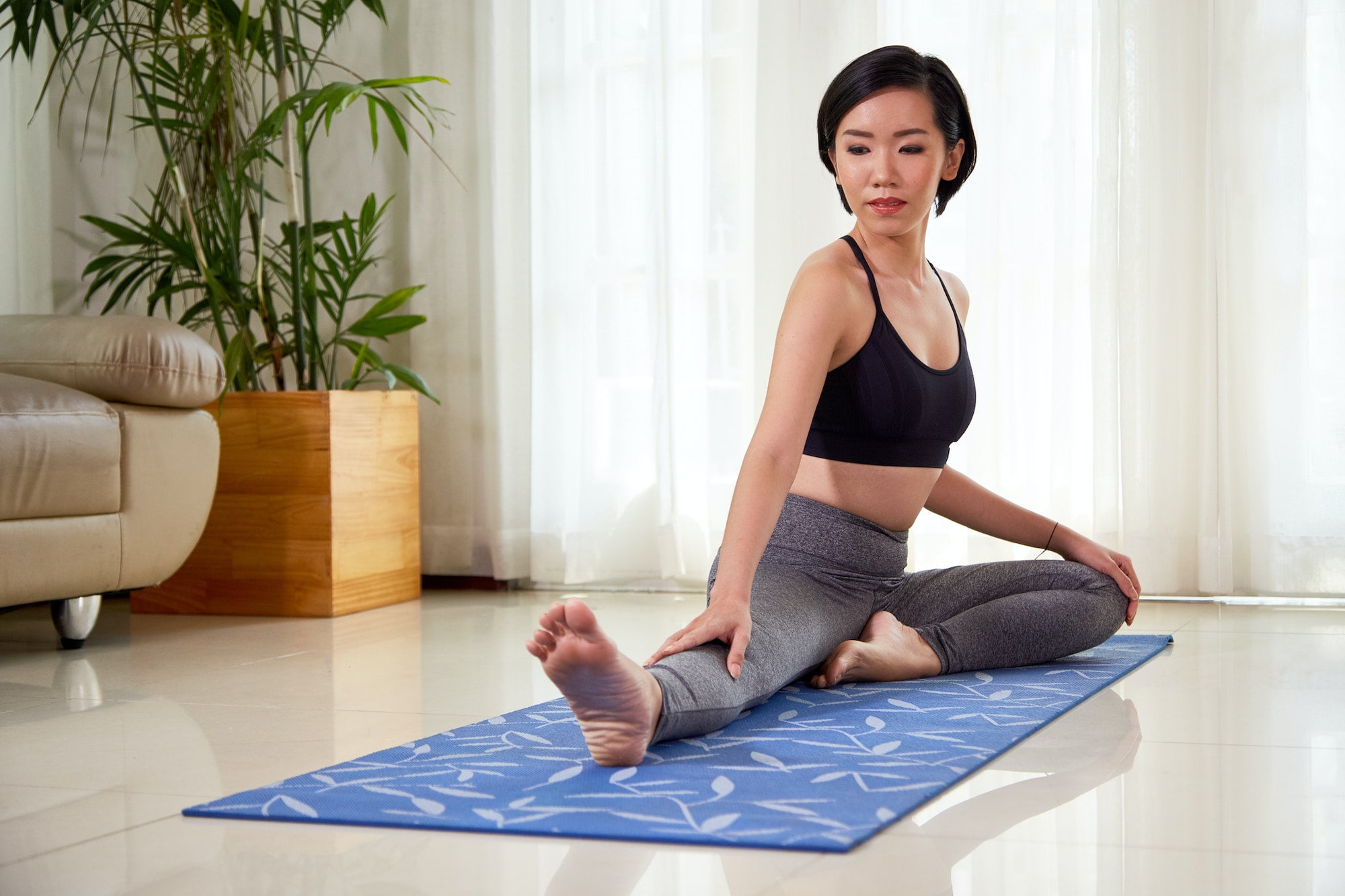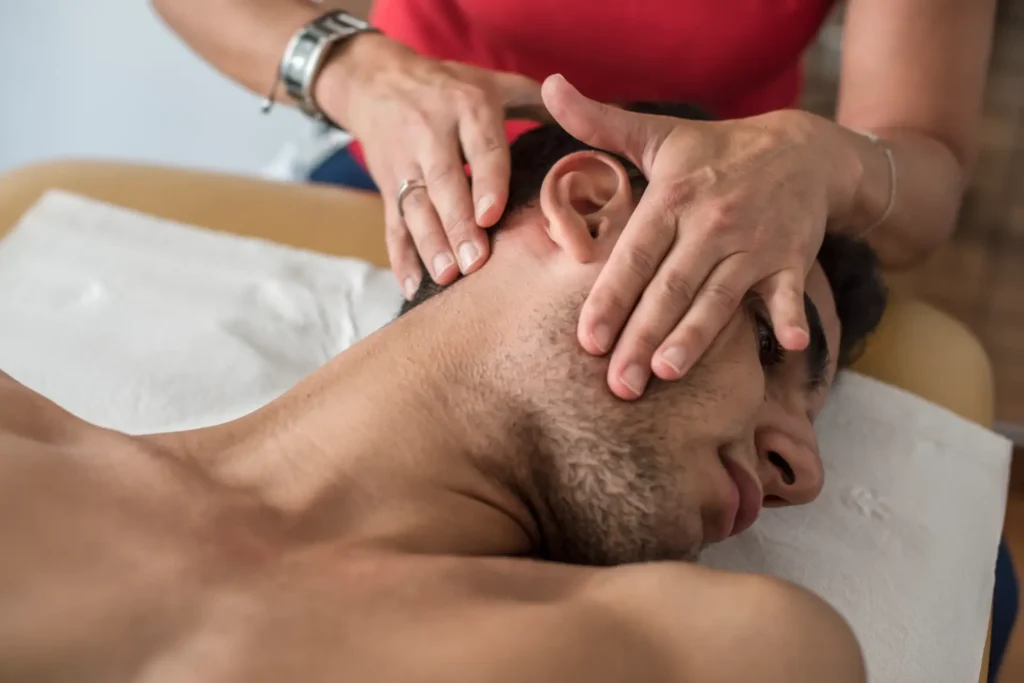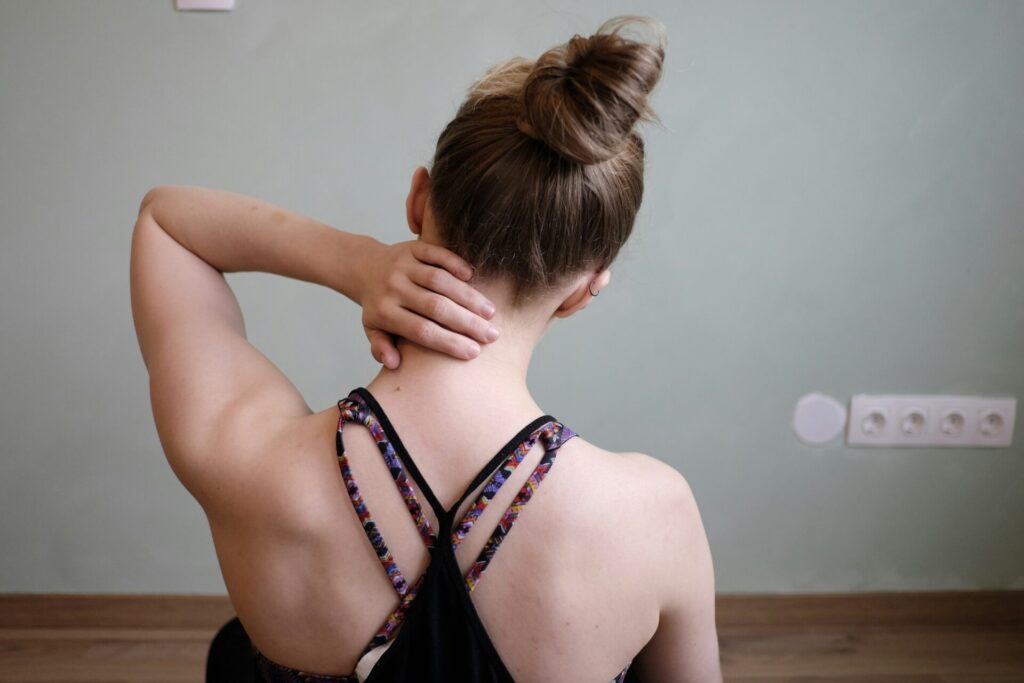When you think of a healthy lifestyle, the first thing that comes to your mind should be your body balance. And by that, we mean internally and externally. As the days go by, we lose the ability to do some things that were way easier as children.
For example, mobility and flexibility—have you ever considered that? When we were younger, doing splits or putting our feet behind our heads were everyday things. But as our bodies grow, maintaining this flexibility can become challenging.
What is flexibility and mobility?
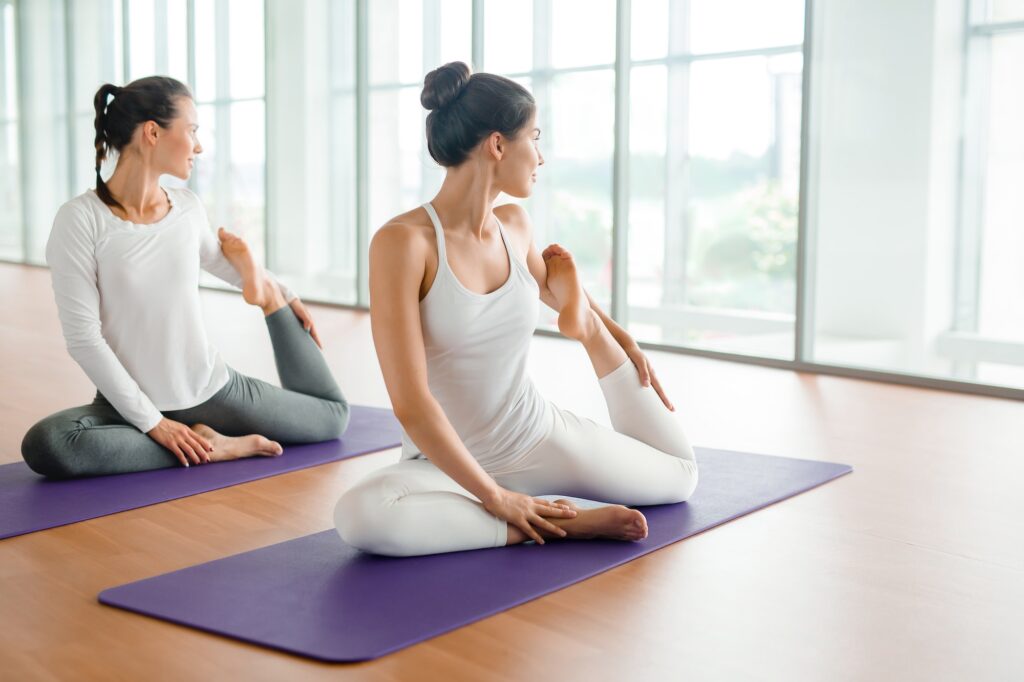
Before we continue, let’s define the terms flexibility and mobility. Flexibility is the ability to move a joint or a group of joints without restriction and pain. Flexibility can improve your range of motion, decrease injuries, and help your muscles recover.
Having good flexibility will undoubtedly help you have more quality of life. A sedentary lifestyle will probably affect your flexibility – and other aspects of your health.
Alongside flexibility, there is mobility. Mobility is the ability to move a joint through a certain range of motion, like being able to touch your feet with your hands or raise your shoulders. If you’re flexible, you can do these movements with more ease, without pain, or even in a wider range than other people.
When you have a problem with mobility, you can’t do daily movements, such as walking or holding things… And with bad flexibility, it gets even harder.
Losing this mobility and flexibility can cause pain and discomfort for the body. And sadly, we don’t usually retain our mobility and flexibility through daily activities.
But why do I need to be flexible?
Even if you have a healthier and more active lifestyle, you probably don’t have a job requiring a lot of mobility. Many of us work sitting in a chair all day long. And even when resting or having a peaceful moment, we are usually in one place, in one position: watching TV, reading a book, playing games…
There is also the other side: work that requires a lot of force and often involves the overuse of the joints and muscles. This, too, can be very damaging to your mobility and flexibility.
And improving your flexibility is a perfect favor for your whole body because it will affect your strength and endurance. You can improve your flexibility by doing several things, such as:
- Eating healthier;
- Sleeping better;
- Losing weight;
- Staying active;
- Visiting a Chiropractor.
But the most important thing is: keep your body moving. Avoiding sedentarism is very helpful to your body, spine, vertebrae, joints and muscles. And even for your mental health as well.
When do I have to see a Chiropractor for my flexibility?
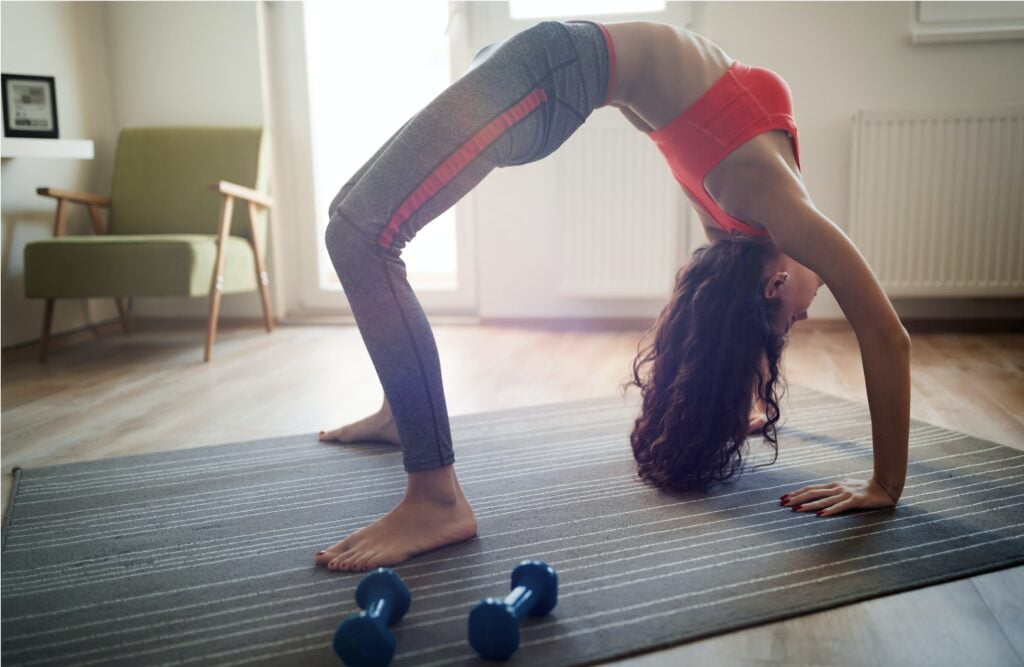
Chiropractic care is the most potent treatment for improving the range of motion of our joints. A chiropractor will apply pressure to make sure the adjustments and manipulation are done correctly. They will also check your whole body to see what is misaligned and can be the source of your lack of mobility and flexibility.
The chiropractor can help you with your spine, neck, knees, or other joints that need to be checked out so that you can move more freely and without pain.
The treatment can be manual or with other techniques, such as massages, electrical stimulation, ultrasound, trigger point therapy, physical therapy, and other techniques your chiropractor understands are helpful for your health.
You will undoubtedly benefit from the treatment to align your spine, align your whole body, and move your joints freely. Your chiropractor can also recommend other exercises at home to help you keep your body flexible.
But how do I know I need to work on my flexibility?
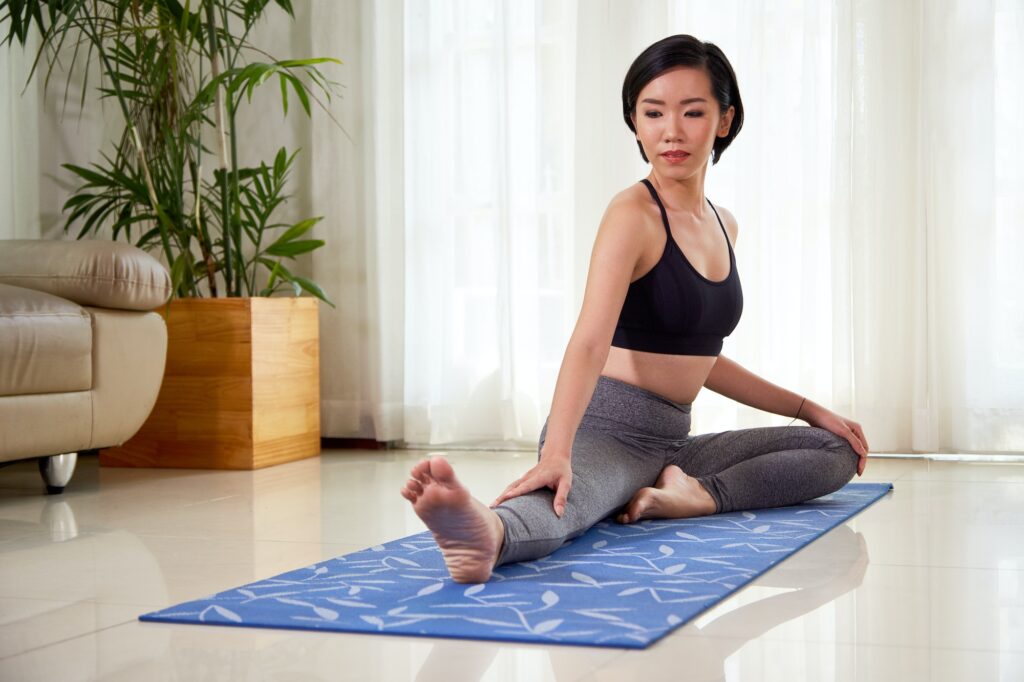
Your chiropractor will certainly tell you if there is an issue. But if you have not go to one practitioner yet, there are a few movements you can do to assess your range of motion:
- Extension: tilting your head back to look at the ceiling (it should be easy and without pain, with 60-80 degrees);
- Flexion: move your head down and try touch the chest with the chin (about 40-60 degrees);
- Rotation: turn your head to the left and right, making sure that your chin is aligned with the shoulders (60-80 degrees);
- Bending: bend your head, bringing right/left ear to right/left shoulder (45 degrees).
If you have any kind of issue doing those movements, it can be an indicator of flexibility problems. If you feel stiffness or pain when doing these tests, don’t force it in any way. Forcing movements beyond your range of motion may cause injuries.
If after these tests you still have doubt about the importance of having good flexibility, or if you think you have problems with your mobility and need help, book an appointment here at Prestige and talk to one of our specialists!
Sources:
- Mayo Clinic: Chiropractic and Flexibility
- Accident Treatment Centers

